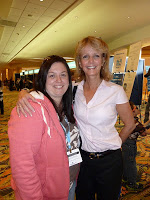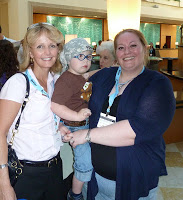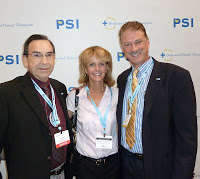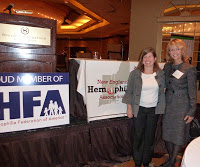Laurie Kelley
November 26, 2012
At Thanksgiving last week, my family gathered for dinner and in swapping motorcycle and adventure sport stories with four of my six brothers, someone remarked about the “adrenaline junkies” in the Morrow family (my maiden name). True, but I reflected our hemophilia community has a few of those as well. This summer we watched Barry Haarde bicycle 3.677 miles across America to raise funds for Save One Life, my nonprofit that supports kids with hemophilia in developing countries. And we saw Eric Hill and Jeff Salantai of BioRx scale Pico Duarte, the highest peak in the Caribbean, to raise money for the Dominican Hemophilia Camp, which Save One Life supports.
And last year I summited Mt. Kilimanjaro with eight others, including Eric and Jeff, to raise over $66,000 for Save One Life. Now, Barry and I just jumped our of a plane last week at 18,000 feet, but we didn’ raise any money–it’s an idea, though!
But you don’t have to be an adrenaline junkie to help support a good cause. Try walking!
Bayer has just announced the winners of its virtual walk, a successful fundraising efforts to help hemophilia chapters and–I am grateful and proud to say– also Save One Life. (www.saveonelife.net) See below, register for next time and then… take a hike!
|
The 2nd Annual Virtual Walk for Hemophilia is proud to announce the top 5 participating local National Hemophilia Foundation (NHF) chapters who rallied the most virtual walkers!
|
First Place with $15,000 in sponsorship funds:
|
 |
|
Arizona Hemophilia Association |
|
Second Place with $10,000 in sponsorship funds:
|
 |
|
Bleeding Disorders Alliance Illinois |
|
Third Place with $5,000 in sponsorship funds:
|
 |
|
Texas Central Hemophilia Association |
|
Fourth Place with $2,500 in sponsorship funds:
|
 |
|
Nevada Chapter, National Hemophilia Foundation |
|
Fifth Place with $1,000 in sponsorship funds:
|
 |
|
Nebraska Chapter, National Hemophilia Foundation |
We, at Bayer, are delighted to provide these chapters with sponsorship funds to continue their hard work in supporting the bleeding disorder community.
Furthermore, we are privileged to present the National Office of the NHF in New York with $30,000 in sponsorship funds to assist them in continuing to improve and enhance the lives of those who live with bleeding disorders. And we were able to provide $7,000 in sponsorship funds to Save One Life, a non profit organization that offers the opportunity to sponsor a child or adult with a bleeding disorder in a developing country.
Thank you again for making this Virtual Walk possible!
©2012 Bayer HealthCare Pharmaceuticals, Inc. All rights reserved.
BAYER and the Bayer Cross are registered trademarks of Bayer.
4/12 KN09001812
|
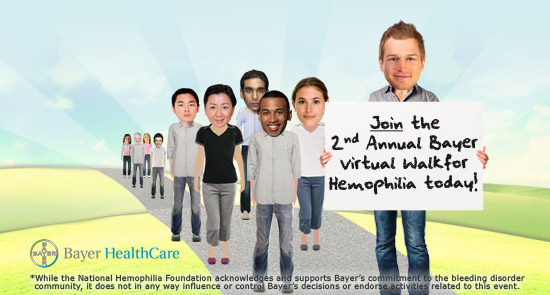 |





